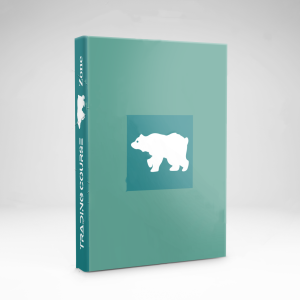James Stock, Mark Watson – Business Cycles. Indicators & Forecasting National Bureau of Economic Research
$8.00
Size: 17 MB
You Just Pay: $9
- Description
Description
The lack of ability of forecasters to foretell precisely the 1990-1991 recession emphasizes the necessity for higher methods for charting the course of the economic system. In this quantity, main economists study forecasting strategies developed over the previous ten years, evaluate their efficiency to conventional econometric fashions, and focus on new strategies for forecasting and time collection evaluation.
Acknowledgments
Introduction
James H. Stock And Mark W. Watson
1. Twenty-Two Years Of The NBER-ASA Quarterly Economic Outlook Surveys: Aspects And Comparisons Of Forecasting Performance
Victor Zarnowitz And Phillip Braun
Comment: Allen Sinai
2. A Procedure For Predicting Recessions With Leading Indicators: Econometric Issues And Recent Experience
James H. Stock And Mark W. Watson
Comment: Kenneth F. Wallis
3. Estimating Event Probabilities From Macroeconometric Models Using Stochastic Simulation
Ray C. Fair
Comment: James D. Hamilton
4. A Nine Variable Probabilistic Macroeconomic Forecasting Model
Christopher A. Sims
Comment: Pierre Perron
5. Why Does The Paper-Bill Spread Predict Real Economic Activity?
Benjamin M. Friedman And Kenneth N. Kuttner
Comment: Ben S. Bernanke
6. Further Evidence On Business Cycle Duration Dependence
Francis X. Diebold, Glenn D. Rudebusch, And Daniel E. Sichel
Comment: Bruce E. Hansen
7. Dynamic Index Models For Large Cross Sections
Danny Quah And Thomas J. Sargent
Comment: John Geweke
8. Modelling Non-Linearity Over The Business Cycle
Clive W.J. Granger, Timo Teräsvirta, And Heather Anderson
Comment: Andrew Harvey
Contributors
Author Index
Subject Index
Related Products
-
 Add to cartQuick View
Add to cartQuick View



